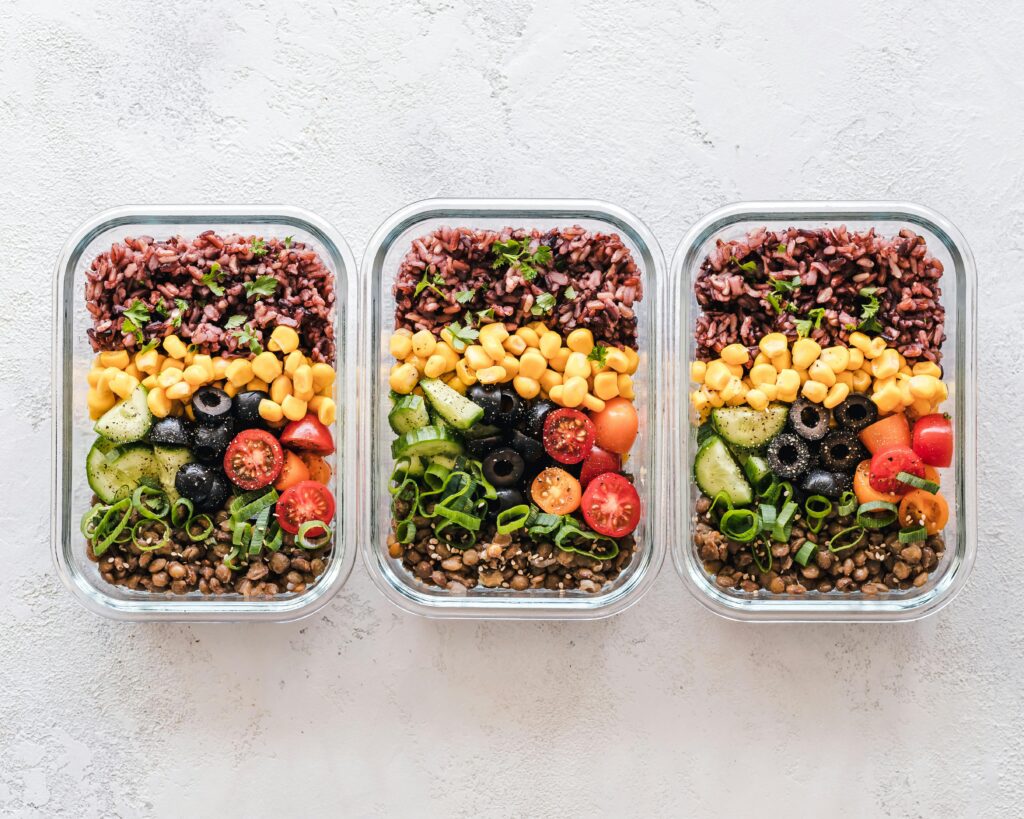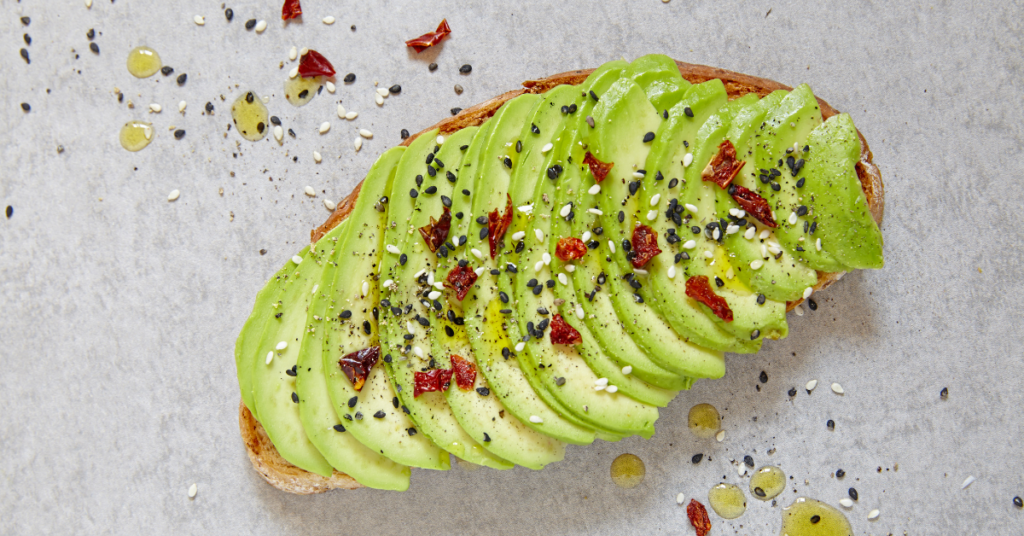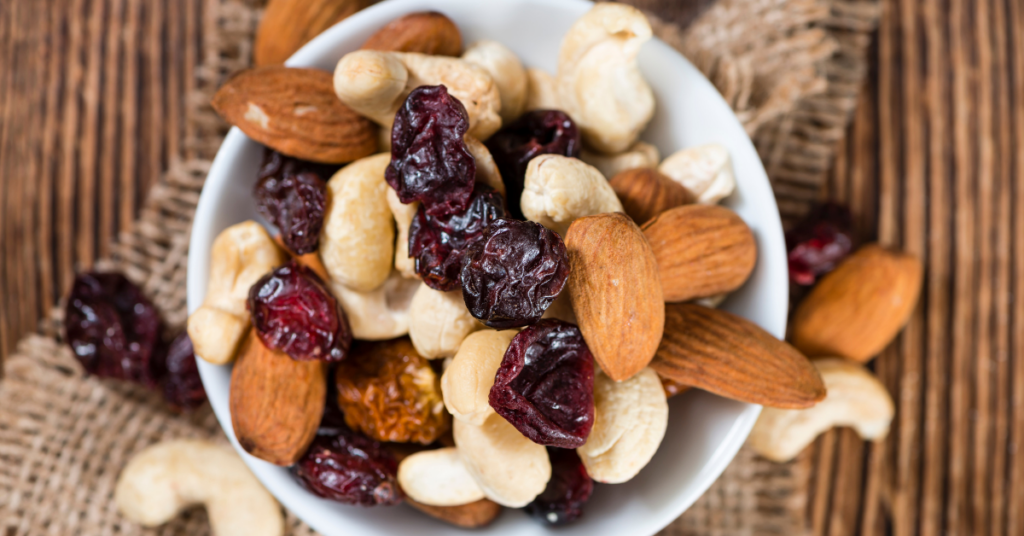
Article at a Glance:
- Learn why eating a variety of plant proteins throughout the day meets your amino acid needs
- Discover which plant-based foods are naturally complete protein sources
- Explore simple habits to make daily protein intake easier and more consistent
Switching to a plant-based diet can feel overwhelming, especially when it seems like you’re cutting out your main source of protein. But the truth is, protein doesn’t just come from meat. Plants have more than enough to support your goals, health, and energy.
You don’t need to micromanage every meal or memorize amino acid charts to do it right. You just need a simple way to guide your choices. Here are five strategies that make getting enough protein on a plant-based diet effortless, sustainable, and satisfying.
1. Eat a Variety of Plant Proteins Throughout the Day
If you’re shifting toward a plant-based diet, you’ve likely heard the old myth: “You have to prepare meals that combine certain foods to make a complete protein.” It’s outdated and also unnecessary.
Here’s the truth: every plant contains all nine essential amino acids. Some have more of certain ones than others, but your body knows how to balance that out. You don’t need to obsess over food pairings or track every bite, just focus on eating a mix of different plant foods over the course of the day.
✅ Pro Tip: Rotate meals built around different base ingredients
Some foods naturally complement each other. If one meal is built around grains like oats or rice, try making the next one centered on beans or lentils.
2. Know Your Best Plant Protein Sources
Some plant-based foods naturally deliver more protein per serving, while others contribute to a well-rounded intake when eaten in combination with other ingredients. Knowing which foods are most protein-dense can help you make smarter, more satisfying choices, especially when you’re learning how to build meals without meat.
Here are five of the best complete plant protein foods, meaning they naturally contain all the essential amino acids your body needs. Note: Protein values are approximate and based on standard cooked ½ cup (4 oz) servings, sourced from Cronometer.
- Tempeh (cooked) – ~22g protein
- Tofu (firm) – ~14g protein
- Edamame (cooked) – ~13g protein
- Quinoa (cooked) – ~5g protein
- Buckwheat (cooked) – ~4g protein
And here are five high-protein foods that are slightly low in one essential amino acid, but contribute to a complete intake when combined with other foods across your day:
- Lentils (cooked) – ~10g protein
- Black beans (cooked) – ~10g protein
- Chickpeas (cooked) – ~9g protein
- Brown rice (cooked) – ~3g protein
- Oats (cooked) – ~3g protein
✅ Pro Tip: Keep a shortlist of your go-to high-protein plants.
Knowing your staples — like tofu, lentils, or quinoa — makes meal planning faster and more intentional. Start with one or two from the list above and build from there.
3. Build Protein into Snacks, Not Just Meals
Protein isn’t just for lunch or dinner. Eating it consistently throughout the day can help regulate blood sugar, reduce cravings, and keep you feeling energized and satisfied, especially on a plant-based diet where meals can be more carb-heavy by default. A few smart snacks can make a big difference in how you feel and perform.
Instead of low-protein snacks like crackers or fruit alone, go for options that pack a punch:
- Roasted chickpeas
- Nut butter with whole-grain toast
- Trail mix with hemp seeds
- Black bean brownies or hummus with veggies
✅ Pro Tip: Build snacks around protein, not just carbs.
Most grab-and-go options are heavy on carbs and light on protein. Flip that by centering snacks on beans, seeds, or nut butters to stay fuller, longer.
4. Batch Cook One High-Protein Meal for the Week
One of the easiest ways to stay consistent with your protein intake on a plant-based diet? Cook a big batch of lentils, beans, or quinoa once a week. Not only will you always have a ready-to-go source of high-quality plant protein, but unlike animal proteins, many of these foods actually taste better after a day or two. Reheating deepens the flavor and improves texture, making leftovers something to look forward to.
A great go-to for this is a Black Bean and Lentil Chili. It’s flavorful, nutrient-dense, and perfect for batch cooking. Lentils and black beans together provide 18–20g of plant protein per serving, and the chili only gets better after a day in the fridge.
What’s inside: lentils, black beans, tomatoes, broth, onion, garlic, bell pepper, chili powder, cumin, smoked paprika, corn, and lime juice.
Batch Tip: Store in individual containers for the week or freeze extras. Reheat on the stove or microwave with a splash of broth or water.
✅ Pro Tip: Pick one batch recipe each week and make it your anchor meal.
Whether it’s chili, a lentil stew, or a quinoa salad, having one go-to dish ready to reheat takes the pressure off meal planning and keeps your protein intake consistent without the daily guesswork.
5. Use High-Quality Plant Protein Powders for Support
You don’t need protein powder to eat plant-based, but let’s be real: some days, you’re short on time or not in the mood to cook. That’s where a high-quality plant protein powder comes in. It’s not a crutch. It’s a tool that makes getting enough protein faster, simpler, and more consistent.
LiveComplete’s NutriMatch™ was made for exactly this. It combines complementary plant protein sources to deliver all the essential amino acids in a clean, bioequivalent formula without the gritty texture or aftertaste you get from other powders.
✅ Pro Tip: Use protein powder as a backup plan, not your foundation.
Whole foods should still make up the bulk of your meals, but keeping a quality plant protein powder on hand makes it easy to hit your numbers on busy days or when you just need something quick.
Plant-Based Protein Staples
Want to make plant-based protein easier? Keep your kitchen stocked with these nutrient-dense staples so you always have the building blocks for balanced, satisfying meals.
- Legumes & Lentils: red beans, mung beans, black beans, kidney beans, lima beans, peas, chickpeas, lentils
- Grains: rice, oats, wheat, barley, millet, rye, quinoa, kaniwa, buckwheat, amaranth
- Vegetables: leafy greens, tubers, cruciferous vegetables, tomatoes, carrots, rutabaga, onions, garlic, eggplant
- Fruits: citrus, apples, pears, bananas, melons, avocados, peaches, coconut
- Mushrooms & Fungi: nutritional yeast, shiitake, crimini, white button mushrooms
- Nuts: macadamias, walnuts, cashews, almonds, Brazil nuts, hazelnuts, pine nuts
- Seeds: chia, flax, sunflower, pumpkin, hemp, sesame, watermelon
- Marine Plants: seaweed, kelp, chlorella, spirulina, kombu, nori, sea grapes
- Fats: oils from avocado, coconut, palm, nuts, and seeds
LiveComplete Takeaways
- You don’t need to combine foods at every meal; just eat a variety throughout the day.
- Focus on the most protein-rich plant foods to keep meals satisfying and balanced.
- A few key habits — like batch cooking and smart snacking — make it easy to stay consistent.
Getting enough protein on a plant-based diet doesn’t have to be complicated. With just a few practical strategies and go-to foods, you can hit your goals without overthinking every meal or sacrificing flavor, texture, or convenience.
Ready to take the guesswork out of plant protein? Try NutriMatch™? Our complete, clean, and delicious plant protein blend is designed to make plant-based living effortless.



